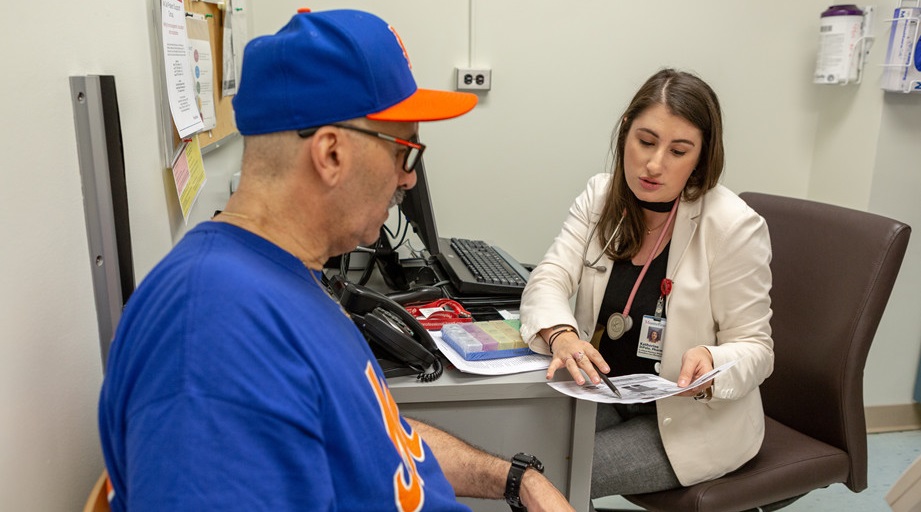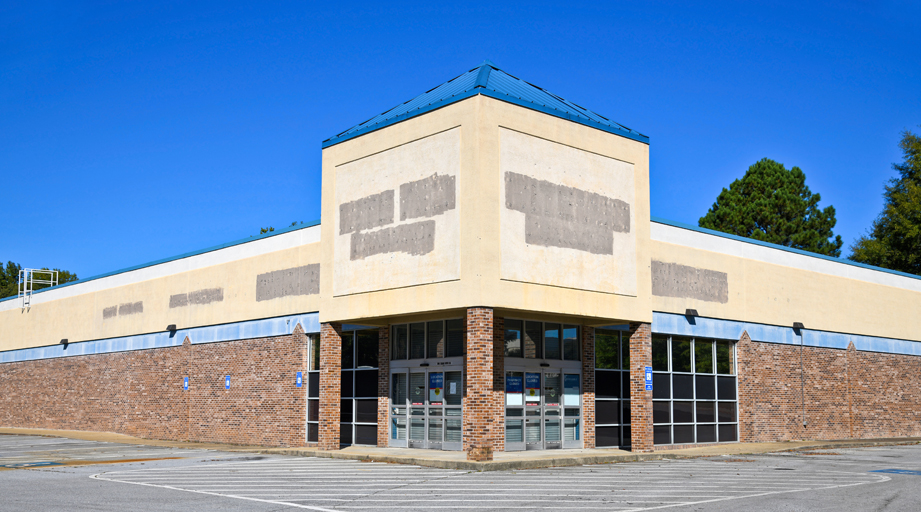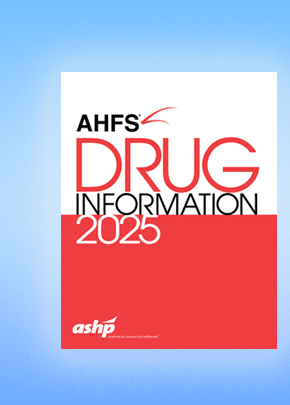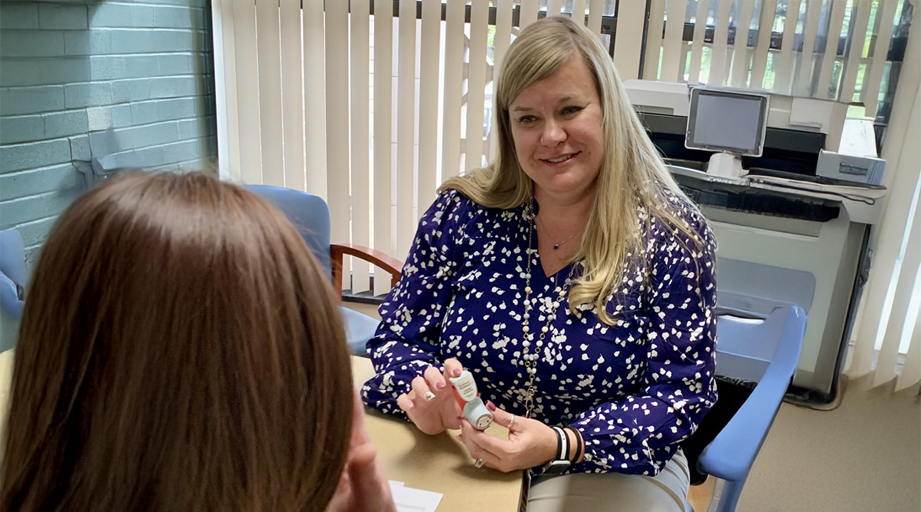
After seeing her own parents struggle to afford their medications, Tiffany Carroll jumped at the opportunity to work for the pharmacist-led medication access program at Avita Health System in rural Ohio.
The pharmacy technician’s job involves tracking down financial assistance for prescription drugs — and sometimes even tracking down the patients themselves. Recently, said Carroll, a patient was skipping her kidney medication after missing multiple appointments to sign paperwork for a program that paid for the drug.
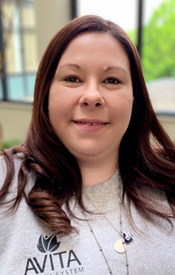
Noticing the patient was scheduled to see a nearby nephrologist, Carroll headed to the specialist’s office, waited until the appointment was over, then guided the patient through the assistance program documents. Carroll even helped the visually impaired patient hold the pen.
“I get to sit and talk with patients, say ‘I’m going to help you,’ and see the looks of relief on their faces,” she said.
Avita’s pharmacy team launched the program in 2022 after realizing that many senior patients had been relying on sample medications, which they could not access during the COVID-19 pandemic. One of Avita’s ambulatory care pharmacists also saw more patients discontinuing life-sustaining medications due to costs.
Avita’s program, which is run out of three clinic locations, started with two pharmacists and eventually added the technician position to assist with the workload.
Patients — and often their providers — know very little about navigating the complicated web of patient assistance programs, copay cards, and voucher programs, said Brad Schwartz, the pharmacy clinical services manager with Avita.
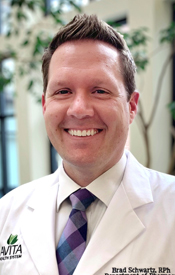
But pharmacists do, said Schwartz, who is a member of the ASHP Section of Inpatient Care Practitioners Advisory Group on Small and Rural Hospitals. Importantly, he said, pharmacists can assist with therapeutic interchange when the prescribed medication isn’t available free or at reduced cost, but a similar product is.
A key element of the program’s stability? The hospital-based clinic team can bill Medicare for the coordination-of-care visits.
After brainstorming with pharmacy colleagues at recent ASHP Midyear meetings, the Avita team also came up with a way to ensure the technician’s work is covered, Schwartz said.
“It’s a sustainable, billable technician model with pharmacist support for things that may come up that are outside of the scope of the technician,” said Schwartz. “That coordination of care involves the patient assistance, education about benefits. … When they need to do therapeutic interchange, that’s when they’ll bring in the pharmacist, either virtually or in person, to review.”
By the end of 2024, Avita, which operates two critical access hospitals and one small acute care about halfway between Cleveland and Columbus, estimated that 1,100 patients had received $10.8 million worth of medications.
Medications covered by Avita’s medication access program include brand-name anticoagulants, insulin, and treatments for kidney disease, diabetes, pulmonary disease, and heart failure.
Larger institutions often have specialty pharmacy departments with teams focused on medication access. But small health systems must get creative to help make sure patients, especially seniors in rural areas who may have trouble navigating online programs, are sticking to their medication regimens.
Todd Lemke, director of regional pharmacy services at CentraCare locations in rural Minnesota, said clinic nursing assistants often handle medication assistance programs. But pharmacists, who are already sitting down with patients to discuss medication management, often do the first paperwork. His team’s priority is to get patients on low-cost generics when possible.
“The pharmacist is a lot of times pulled into the initial analysis,” Lemke said.
The program also opened a new possibility for Avita. Schwartz said some patients who received free medications shipped to their homes continued receiving the drugs even after their prescriptions changed. “They’d bring it to us, and say, ‘Can you do something with this?’” he recalled.
Turned out, the Avita team could. In 2020, Ohio State University Wexner Medical Center established a pharmacist-led drug repository to collect unused oral oncology medications and redistribute them to patients in need. That program won an ASHP Best Practices Award in 2023 — the same year that the Ohio legislature opened up repositories to a wider range of facilities and medications, including refrigerated products like insulin.
“We knew we had patients who were trying to return their medication,” Schwartz said. “And we had patients on assistance who needed to be bridged, like if there was a delay in their application or there’s a drug shortage.”
Avita’s ambulatory care pharmacists partner with inpatient pharmacists to ensure hospitalized patients can receive repository medications at discharge to reduce the risks of readmission.
Schwartz’s first repository patient was a man who had run out of diabetes medications, which Avita had on hand in the repository. “I told him we could help bridge him,” he said. “Fifteen minutes later, he called back and said, “That thing you were telling me about — can I bring you medications, too?” The patient had switched dosages, but the manufacturer had continued sending insulin pens. He had about 40 to donate.
“When we met, I handed him a little bit of medicine for his diabetes, and he literally handed me a cooler,” said Schwartz, “wanting to donate thousands of dollars’ worth of medications.”


